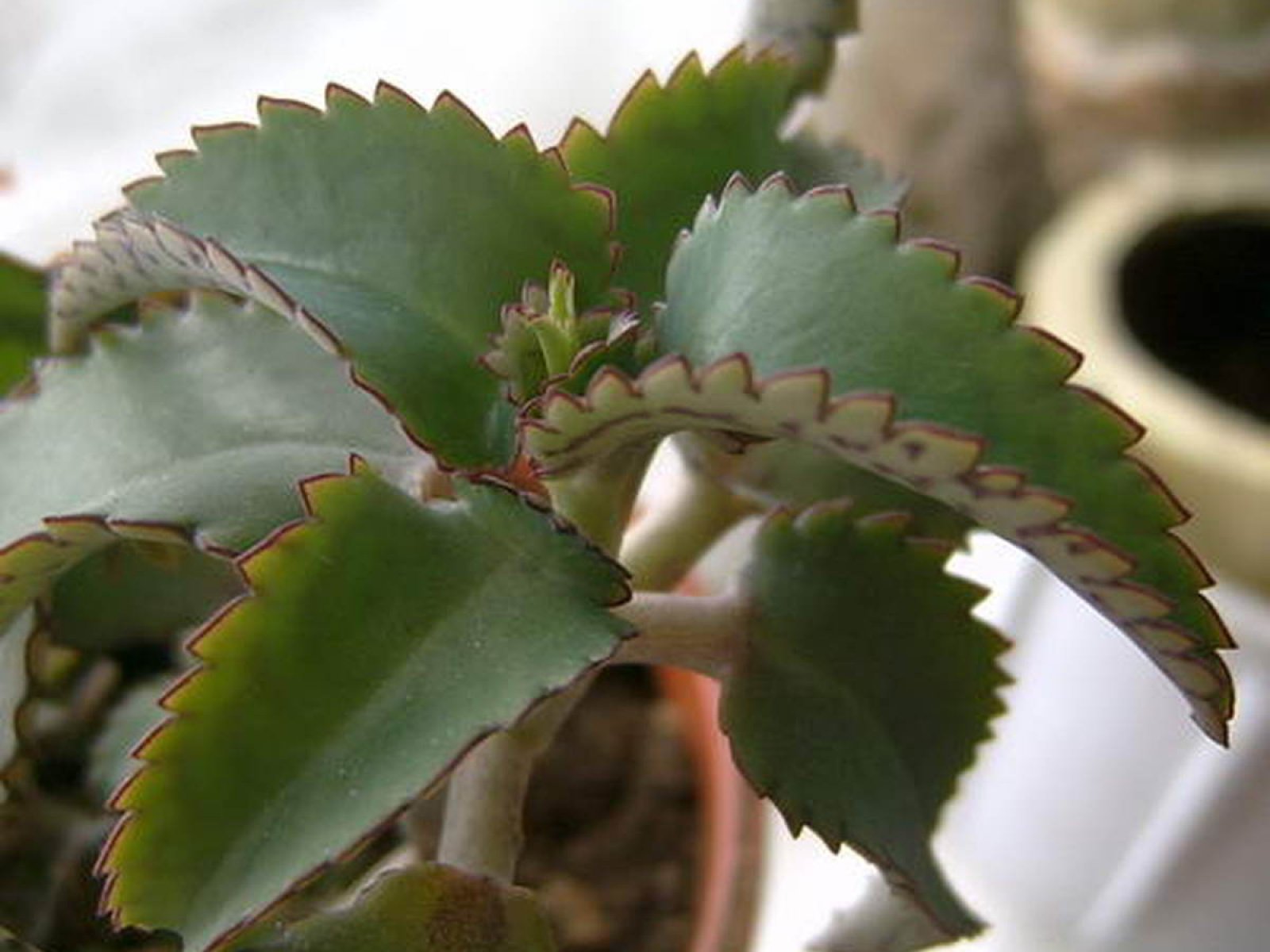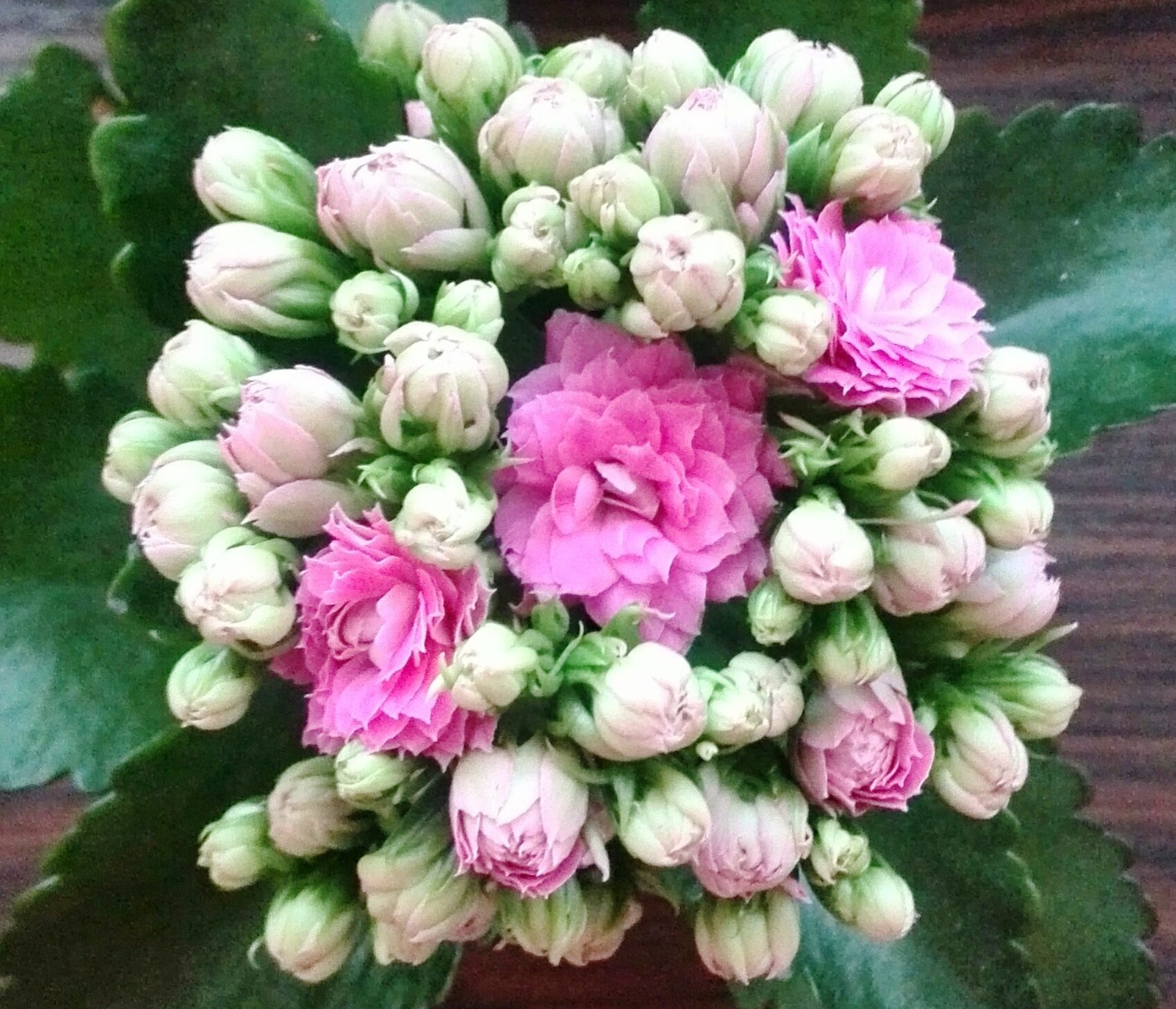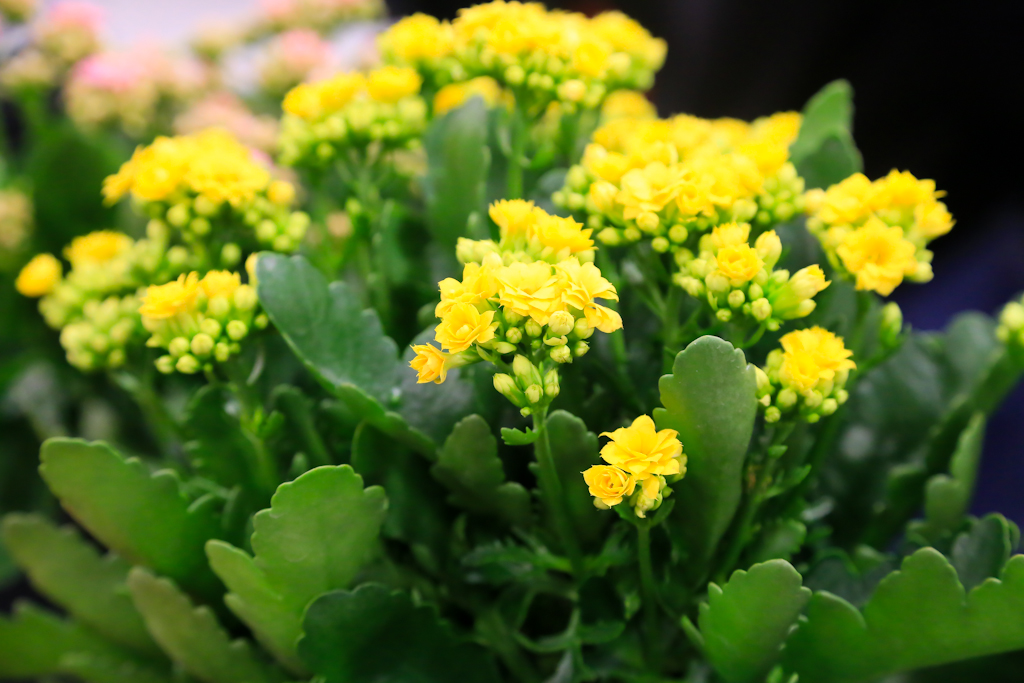Kalanchoe is one of the most popular flowers that are grown at home. It is easily recognized by its thick stems and leaves. Kalanchoe can bloom with white, pink, orange, bright red or purple flowers.
This plant belongs to the genus of succulents, it is unpretentious in care, if the Kalanchoe blooms profusely, then it is looked after properly. At home, Kalanchoe reproduces well, and in different ways. Let's consider in more detail.
How is Kalanchoe characterized
The peculiarities of the Kalanchoe can be called thickened fibrous roots, fleshy, sometimes woody stems and thick succulent leaves arranged in a spiral-opposite or in whorls of three, but, again, spiral.
The leaves themselves can be either petiolate or sessile, but either petioles or leaf plates in all species have a stem-embracing base. The shape of the leaf plate changes quite strongly from type to type, it can be simple or feathery, smoothly edged or with a scalloped edge.
Its thickness is highly variable: from flat to cylindrical, and sizes vary from small leaves to healthy burdocks. Peduncles in all species are apical or appear from the leaf sinuses located next to the tops. Most Kalanchoe are leafy, flowers - four-petal.
How to propagate Kalanchoe
There are five main ways of breeding Kalanchoe at home:
 Children.
Children.- By the kidneys.
- Offspring.
- Cuttings.
- Leaves.
Brood leaf buds are called babies. They look like small plants with a formed rosette of two leaves and roots. Babies are formed on leaves only in "viviparous" Kalanchoe.
The babies, having reached their optimal size, fall to the ground and take root on their own... The baby, in fact, is already a full-fledged plant that can be planted immediately into the ground.
Reproduction by kidneys... This refers to the axillary buds. In some species of Kalanchoe, after flowering, not only the flower itself, but also the leaves fall off. In place a little above the sinus of the fallen off leaf, a bud begins to hatch. It is easy to recognize, it looks like a head of cabbage, only very small.
After a stem of at least 1–2 centimeters is formed from the kidney, it can be carefully cut and planted in soil with a high sand content. In such a soil, the stem will quickly give roots and will feel great.
Reproduction by offspring... In order for these offspring to appear, the plant must be stimulated for this. After the plant has bloomed, you need to pinch the top of the stem. After that, an offspring will grow next to the mother, which are used for reproduction.
As soon as the offspring gain strength and are as tall as one third of the mother, they can be separated. It is necessary to separate carefully so as not to damage the roots. The offspring must be placed in soil with a high content of sand and peat, in such a soil they quickly gain strength and growth.
How to propagate by cuttings and leaves
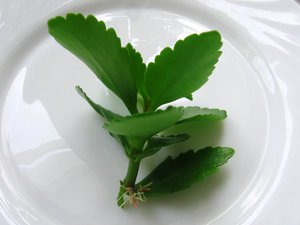 Reproduction of Kalanchoe by cuttings is not only possible to do, but also necessary. During flowering, the stems are stretched, when the Kalanchoe fades, the flowers fall off and the plant becomes somehow bald and inconspicuous.
Reproduction of Kalanchoe by cuttings is not only possible to do, but also necessary. During flowering, the stems are stretched, when the Kalanchoe fades, the flowers fall off and the plant becomes somehow bald and inconspicuous.
Therefore, this elongated part of the shoot is cut off, placed in the ground and watered abundantly or you can first germinate the roots in a container of water. You should carefully approach the choice of the cutting, since the further type of plant and its shape will depend on the cutting that you are germinating.
You need to choose shoot straight about 8 centimeters long with beautiful and even leaves and short internodes. The cutting is planted in such a way that the leaves seem to lie straight on the surface of the soil.
When the cutting has roots, then you need pinch a seedling - this stimulates him to grow and further develop a lush Kalanchoe bush. Reproduction by cuttings renews the plant itself and stimulates it to further growth and development.
Kalanchoe, which have fleshy leaves can be propagated by leaves... Any leaf is suitable for reproduction, even the old one, which itself fell off the trunk.
In order for the roots to appear, it is necessary dig in the stem of a leaf in wet sand and cover with a transparent cap and put in a bright place to create greenhouse conditions. Reproduction of Kalanchoe leaves is best in late May and early June.
Seed propagation method
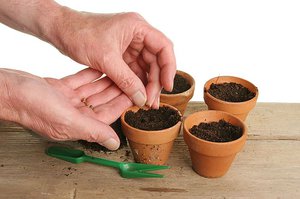 Seeds are mainly grown for those types of Kalanchoe that are considered exotic and difficult to get.
Seeds are mainly grown for those types of Kalanchoe that are considered exotic and difficult to get.
To begin with, prepare the soil, this substrate should mainly consist of peat-sandy soil. Seeds scattered on the surface of the substrate and cover with glass. This is best done in late winter or early spring.
The container, covered with glass, is placed in a bright place and the temperature is maintained at 20 degrees, this temperature is optimal for seed germination. Seedlings need to water on time and air out the seeds. After the seedlings get stronger, they are transplanted to a permanent place of growth.
Features of the reproduction of Kalanchoe of different species
Not all breeding methods can be suitable for the same species, that is, a Kalanchoe of a certain species will reproduce only if the type of reproduction is correctly selected.
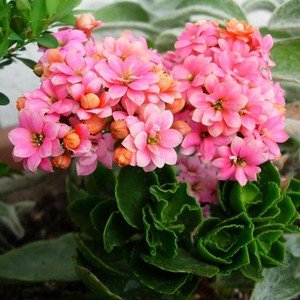 Children can breed such as Dergemona, pinnate and tube-colored.
Children can breed such as Dergemona, pinnate and tube-colored.- The paniculate-flowered Kalanchoe reproduces by buds.
- Only one can be propagated by offspring - Blossfeld's Kalanchoe.
- Reproduction by cuttings goes well in such Kalanchoe species as Mangina and Blossfelda.
- Any Kalanchoe with fleshy leaves reproduces with leaves at home.
- A feathery and felt flower will multiply by seeds.
Features of the soil for the plant
As noted above, it is mentioned that sand must be present in the soil; let us consider the features of the soil in more detail. The soil for young seedlings and adult plants is different and it is the condition having the right soil will provide abundant flowering and splendor of the bush.
For children and young seedlings, humus, leafy earth, peat and coarse-grained river sand are mixed in proportions 1: 1: 1: 0.5. Adult plants need "heavy" soil.
For them, turf, leaf land and coarse river sand are mixed in a ratio of 2: 1: 0.5. And in fact, and in another case, at the bottom of the pot there should be a drainage of expanded clay and clay fragments.
